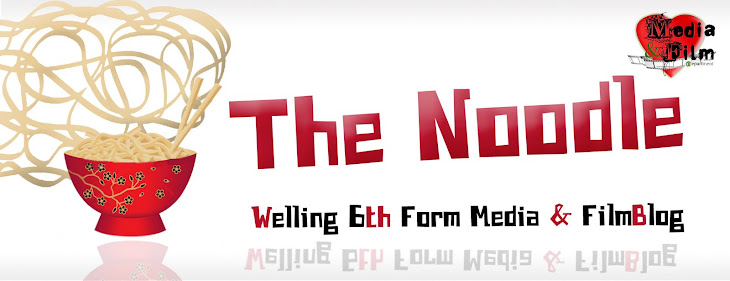Editing is a way of compressing time and space or creating the effect of a dream sequence or flashback; it usually is ‘seamless’ and natural-seeming such that we tend not to even notice it.
- Editing is the cutting and joining of lengths of film to place separate shots together yet still manage to suggest a sense of a continuing, connected and realistic flow of events and narrative
- A montage is an edited series of shots that works as an ‘individual unit’ of meaning greater than the individual mise-en-scenes from which it is created.
- Continuity editing refers to editing techniques that keep the sense of narrative flow such as matched or eye-line cuts.
- A jump-cut is a dramatic edit that breaks time / space continuity yet still appears
- continuous and ‘natural’; an MTV edit is a rapid sequence of fast jump cuts that creates a conscious effect such as in music videos; a cross-cut follows action in two separate scenes; a follow-cut follow action to its consequence, e.g. a character looking out cuts to what they look at.
- Fades (sometimes to black) and dissolves create the sense of scenes moving forward. A sound-bridge carries sound across shots.
- Parallel action allows two scenes to be viewed yet still retain the continuity and realism and uses cross cuts.
- A sequence is a series of shots (i.e. a montage) that leads up to a climax as in a story sequence.
Daniel Chandler's Grammar of TV site is great for supporting you in developing your vocabulary and extending/reinforcing your K and U of TV production technique:












